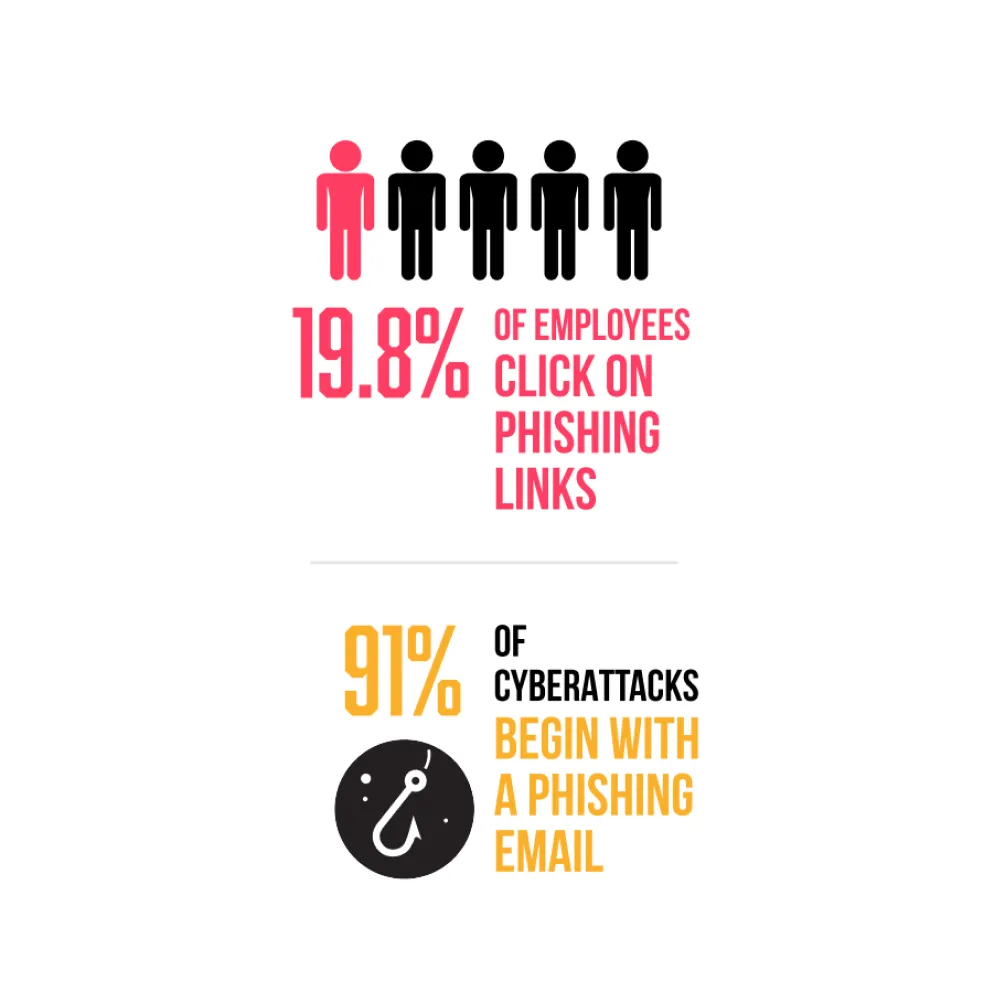In today’s interconnected and data-driven world, safeguarding sensitive information is paramount. The rise of big data has transformed modern enterprises, offering valuable insights and innovation opportunities. However, as the volume of data grows, so does the challenge of securing it. With organizations dealing with massive datasets and complex ecosystems, the need for robust big data security measures has never been more critical. Our trusted IT Support Provider in Monroe helps businesses to mitigate the security issues in big data.
In our previous blog, we discussed the power of big data analytics in cloud computing but it is essential to consider the big data security issues. This blog will explore big data issues and best practices.
Top Big Data Security Issues
1. Data Privacy and Compliance
When it comes to big data security, one of the biggest issues that organizations face is ensuring data privacy and compliance. With the increasing amount of data being collected and stored, businesses must have robust measures to protect sensitive information and adhere to relevant regulations and standards. Failure to do so can result in significant legal and financial consequences and damage to a company’s reputation.
Organizations must implement strong data privacy policies and procedures, including encryption, access controls, and regular audits, to safeguard customer data and maintain compliance with applicable laws such as the California Consumer Privacy Act (CCPA). By prioritizing data privacy and compliance, businesses can mitigate risks associated with big data security breaches and protect their customers and their bottom line.
2. Issues With Data Masking Measures
Data masking is a common technique for protecting sensitive information in big data environments. However, several issues can arise when implementing data masking measures. One of the main challenges is ensuring that the masked data remains usable for analytical purposes while maintaining its security and finding the right balance between protecting sensitive information and preserving the integrity of the data.
In addition, there is always a risk of unauthorized access or misuse of the masked data, as even masked information can still be valuable to hackers or malicious actors. To address these issues, organizations should implement strong access controls and encryption measures, regularly monitor and audit their data masking processes, and stay updated with evolving big data security best practices.
3. Data Cleaning Failure
Data cleaning failure is one of the biggest security and privacy issues of big data. Data cleaning, also known as data scrubbing, identifies and removes errors, inconsistencies, and inaccuracies from datasets. However, when this process is not executed correctly, it can lead to serious security vulnerabilities.
Not correctly cleaned data can contain sensitive information that should have been removed or masked, such as personally identifiable information or trade secrets. This can result in a breach of privacy or intellectual property theft. Data cleaning failure can also lead to incorrect analysis and decision-making based on flawed or incomplete data.
4. Data Access Control
Data access control can be a concern for big data security. With the vast amount of data being generated and stored, it is crucial to have proper authorities in place to ensure that only authorized individuals can access sensitive information. Data breaches and unauthorized access can lead to significant financial and reputational damage for organizations.
Robust access control measures such as user authentication, role-based access controls, and encryption can help mitigate these risks. In addition, regular data access monitoring and auditing can help identify any suspicious activity and prevent potential security breaches.
5. Data Ingestion and Integration
Data ingestion and integration is one of the biggest challenges in big data security. With the ever-increasing volume and variety of data generated, organizations must find efficient and secure ways to collect, process, and integrate this data into their systems. Data ingestion involves collecting data from various sources, such as databases, sensors, social media platforms, etc. It is crucial to ensure this data is managed securely and accurately to maintain its integrity.
Organizations must also address the challenge of integrating disparate data sources to gain meaningful insights. It requires careful planning and implementation of robust data integration processes and technologies to ensure that data is adequately transformed, cleansed, and combined for analysis. By addressing these challenges effectively, organizations can enhance their big data security posture and maximize the value derived from their data assets.
Big Data Best Practices
1. Data Classification and Prioritization
Data classification and prioritization are essential best practices for ensuring big data security. By classifying data based on its sensitivity and significance, businesses can implement appropriate security measures to protect it. This involves categorizing data into different levels of confidentiality, such as public, internal, confidential, or highly confidential.
Once classified, organizations can prioritize their security efforts based on the level of risk associated with each category. It allows them to allocate resources effectively and focus on implementing robust security controls for the most sensitive and critical data. By following these best practices, organizations can better safeguard their big data assets from unauthorized access, breaches, and other security threats.
2. Strong Authentication and Access Controls
Strong authentication and access controls are crucial best practices for ensuring big data security. With the enormous amount of sensitive information stored and processed within big data systems, it is essential to have robust mechanisms in place to verify the identity of users and control their access to the data.
This can include implementing multi-factor authentication, such as requiring a combination of passwords, biometrics, or smart cards, to ensure that only authorized individuals can access the data. Additionally, access controls should be implemented to limit privileges and restrict user permissions based on their roles and responsibilities. Organizations can significantly reduce the risk of unauthorized access or data breaches by enforcing strong authentication and access controls.
3. Network Traffic Analysis
Network traffic analysis is a critical component of big data security best practices. Organizations can identify and respond to potential security threats in real time by monitoring and analyzing network traffic patterns. This includes detecting unauthorized access attempts, identifying abnormal behavior or traffic patterns, and preventing data breaches.
Network traffic analysis can help organizations optimize network performance by identifying bottlenecks or inefficiencies. To effectively implement network traffic analysis as part of a big data security strategy, organizations should invest in robust network monitoring tools, establish clear protocols for incident response, and regularly update their security measures to stay ahead of evolving threats.
4. Data Lifecycle Management
Data Lifecycle Management is a crucial aspect of big data security best practices. It involves systematically managing data throughout its entire lifecycle, from creation and storage to deletion or archival. By implementing effective data lifecycle management strategies, organizations can protect sensitive data at all stages and minimize the risk of unauthorized access or breaches.
This includes implementing strong encryption measures, regularly backing up data, and securely disposing of data once it is no longer needed. Organizations should also have clear policies and procedures for handling and storing data to maintain compliance with relevant regulations and standards. Organizations can strengthen security by prioritizing data lifecycle management and safeguarding their valuable information assets.
In Conclusion
Based on the concerns listed, it is clear why enterprises consider Big Data Security a significant issue. Fortunately, many of these challenges can be effectively tackled by having the correct information, resources, skilled professionals, a comprehensive coping strategy, and a commitment to data integrity and privacy. Eliminating threats to Big Data will enable businesses to achieve their ultimate objective of utilizing data for improved customer experience and enhanced customer retention. For more information, please reach out to our Managed IT Services Company in Little Rock.

